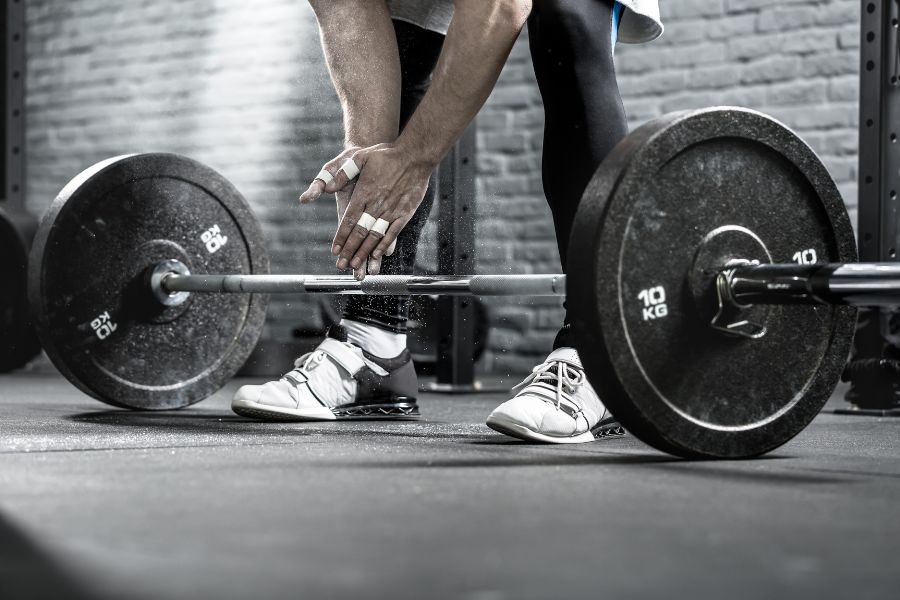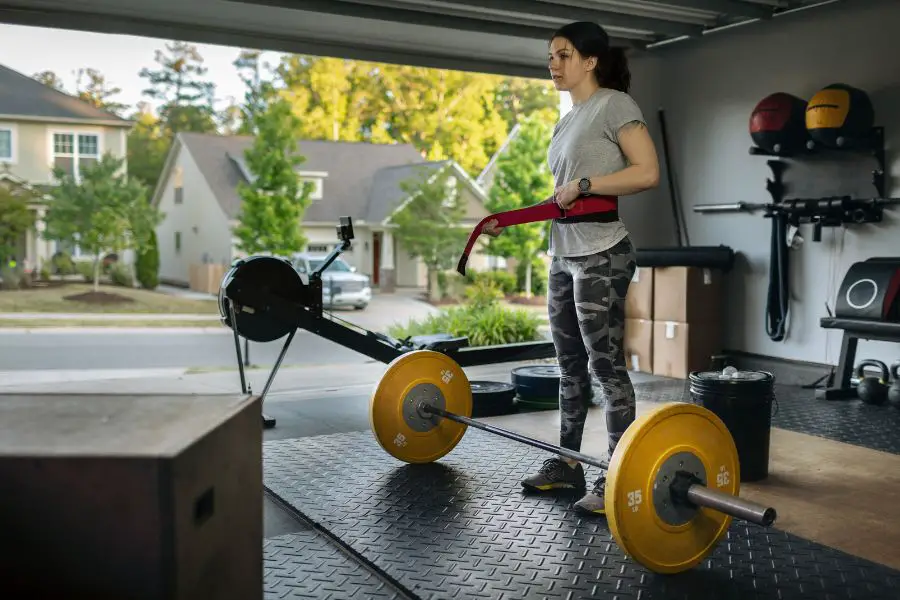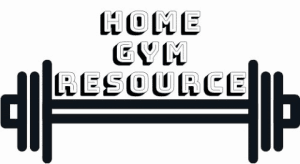Picking the right barbell is important. Many barbells weigh either 15 or 20 kg and you’re not sure what the differences are and which one is better? The differences go deeper than just a 5 kg difference so it’s important to figure out what they are and what’s best. Luckily, this article will tell you exactly those things.
Women’s Olympic barbells weigh 15 kg while men’s Olympic bars weigh 20 kg. Besides weight, there are differences in; length, shaft diameter, load capacity, and knurling. 15 kg barbells are best for people who have smaller hands and need a lighter bar to start off with.
Let’s dive into the exact differences between the barbells, some exceptions to the rule and what’s the best barbell for you.
Contents
What Are 15 kg And 20 kg Barbells?
Most barbells you’ll find in competitions, commercial gyms, or home gyms will weigh either 15 kg or 20 kg. This is because those are the two types of barbells the International Weightlifting Federation (IWF) has sanctioned for official use; The men’s (20kg) and women’s (15 kg barbells).
While 99.9% of barbells will never be used in an official competition, most barbells are still built to follow those standards. This is why the majority of bars you can find anywhere weigh either 15 or 20 kg.
Looking for the best value 20 kg barbells for your garage gym? Click here to find which one I recommend.
Other Barbells
While most straight barbells follow the Olympic standards, not all of them do. There are plenty of barbells out there that don’t exactly follow the weights and dimensions set by the IWF. These other barbells can be 15 or 20 kg but they can also have different weights.
Most barbells you see in commercial or home gyms will still be either 15 or 20 kg but there are no guarantees.
Comparison Of Women’s (15 kg) and Men’s (20 Kg) Bars
Besides the weight difference, there are some other differences between the two types of barbells.
| Men's Olympic Barbell | Women's Olympic Barbell | |
|---|---|---|
| Weight | 20 kg/ 44lbs. | 15 kg/ 33lbs. |
| Total Length | 2200 mm/ 86.6" | 2010 mm/ 79.14" |
| Shaft length | 1310 mm | 1310 mm |
| Sleeve Length | 16.25"/ 415 mm | 12.5"/ 320 mm |
| Shaft Diameter | 28 mm | 25 mm |
| Knurling | Center Knurling | No Center Knurling |
Let’s dive into the differences a little deeper.
Shaft Diameter
The biggest difference between the Olympic barbells is the shaft diameter. Men’s Olympic barbells have a 28 mm diameter shaft while women’s bars have a 25 mm diameter shaft.
The main reason for this difference is the difference in hand size between men and women. Men generally have bigger hands and therefore are more comfortable with a slightly bigger diameter bar.
Length
The official total length of a women’s Olympic barbell is 2010 mm. The total length of a men’s Olympic barbell is 2200 mm. The shaft length is the same but the sleeve length is shorter on women’s barbells.
The standards are set in millimeters by the IWF which is why the length in inches looks a bit messy. Often the lengths in inches are just rounded to 86.6” for men’s barbells and 79.14” for women’s bars.

Sleeve Length and Load Capacity
On both types, the shaft length is the same length but the sleeves differ.
Since the sleeves are different lengths, this impacts how many plates fit on them. Some weight plates are thicker than others so it’s hard to give an exact number.
Bumper plates are thicker than most other plates. 20 kg. bumper plates are on average 2.5” thick. Barbell clips are about 2” Wide.
So that means you can fit the following on the different bars;
Men’s bar load capacity;
Women’s bar load capacity;
With steel plates you can roughly double those numbers since those are thinner.
Knurling
Women’s barbells don’t have knurling in the middle of the bar while men’s bars do. The middle knurling is supposedly a left-over from early weightlifting competitions where one-handed lifts were a thing and women didn’t compete.
The specification from the IWF has never changed for men’s bars so it’s still there. Some people say it helps keep the bar on the back during squats but you have to go very heavy for that to really make a difference.
Picking the right barbell can be a bit confusing. Here is a guide that walks you through all the important factors in picking a barbell.

Who Are The Different Barbells For?
Women and Beginners
Men and Advanced Lifters
Which Barbell Should You Choose For a Garage Gym?

If you should choose a 15 kg or 20 kg barbell is completely up to your personal situation and preference. There are a few things that are really important to think about before making a decision:
In most cases, the men and woman labels are pretty accurate but not 100%. If a certain bar fits better for your needs, get that one. Don’t let the labels of “men’s” and “women’s” get in the way of buying the right barbell.
Going to a gym that has both and trying them is the best way to go. That way you can experience the differences with your own hands. The thickness of the shaft is the most important thing to pay attention to. Which one is more comfortable and easier to grip? That’s the right bar for you.
Also, don’t forget there are shorter, 6 foot, barbells out there that are still 28 mm thick. That might be the middle ground you need. You can find the best ones here.
Are All Barbells 15 or 20 Kilogram?
No, not all barbells are either 15 or 20 kilograms. While 15 kg and 20 kg are common standard weights for Olympic barbells, there is a wide variety of barbells designed for specific purposes that come in different weights and configurations. Since manufacturers don’t have to build to exactly those weights there are plenty of bars that have a different weight. Here are some common ones.
How Do You Know If a Bar is 15 or 20 Kg?
If you’re not sure how heavy the bar you’ve been using is, you can do a few things:

